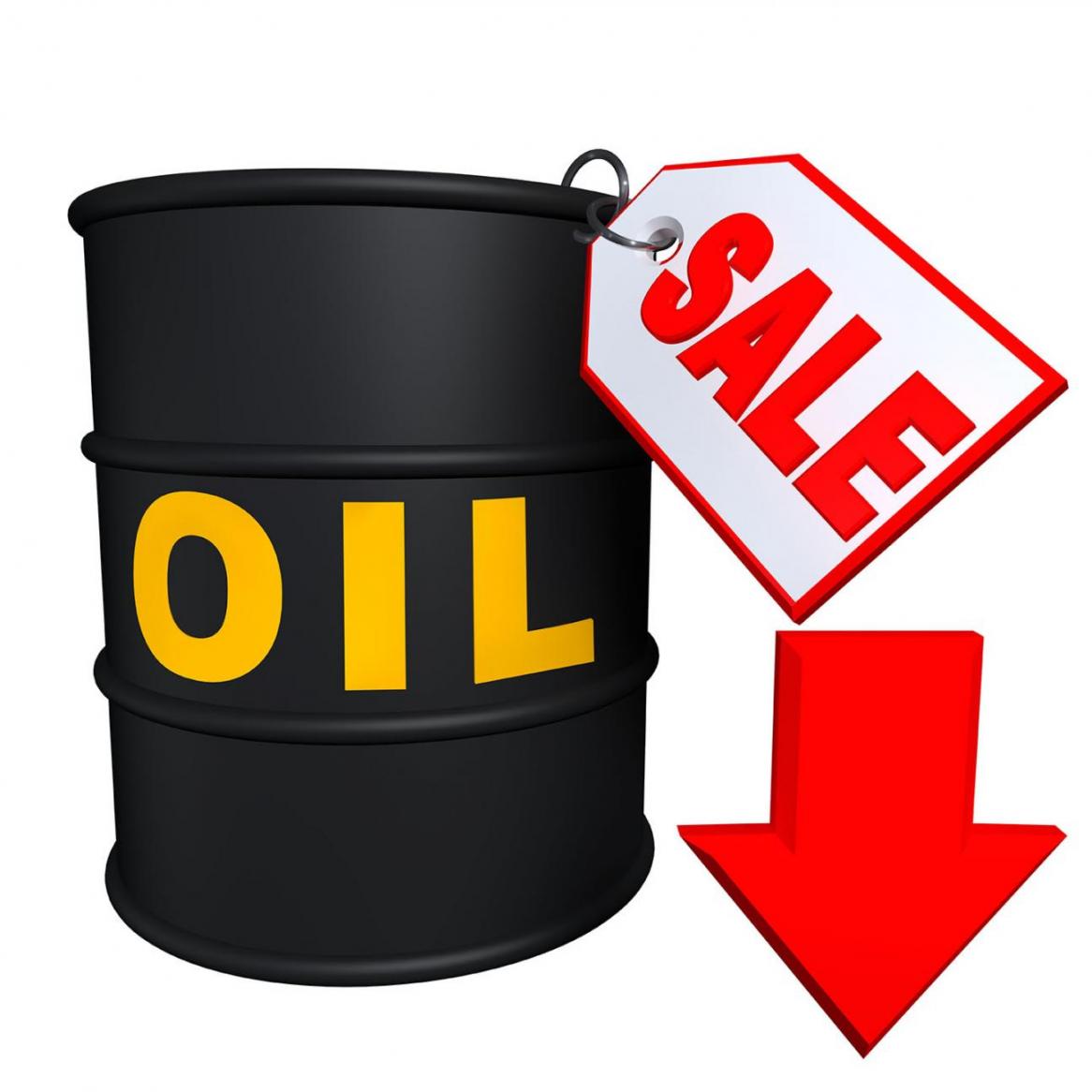The Iranian government is working to introduce crude oil to the Iran Energy Exchange's repertoire of commodities, after successfully hosting the trading of export-grade fuel oil.
IRNEX was conceived to help Iran, with the world's fourth largest oil reserves and largest gas reserves, in offering energy products to domestic and foreign consumers.
During the past few years with sanctions capping Iran's export of products, including crude oil, energy trading took a back seat to more pressing concerns and the market's development was slow.
Now, the oil and economy ministries are working together to put crude oil on IRNEX trading floor, according to Shapour Mohammadi, economy minister's deputy.
The successful sale of 35,000 tons of fuel oil on the IRNEX last week "can pave the way for offering crude oil on the energy exchange," Mohammadi told SENA.
"The infrastructure is in place for trading new products and we [at the Economy Ministry] are ready to cooperate with the Oil Ministry on this."
Open trading of Iranian crude in a well-built exchange can help increase its liquidity and buoy prices. To attract traders to IRNEX, the law allows the government to sell oil on the exchange at a 2% discount to crude sold on tankers in the Persian Gulf.
"Offering crude oil on IRNEX, other than managing liquidity, will change our financial markets and the dynamics of crude sales."
The government plans to make IRNEX the hub of energy trading in the Middle East.
IRNEX also wants to create a Caspian oil benchmark like ICE Brent and the West Texas Intermediate. That is a fanciful dream and to get there IRNEX's Caspian marker will one day have to rival Dubai's Fateh light sour crude, which is already the benchmark for Persian Gulf oil delivered to the Asian markets.
CAPTION: Open trading of Iranian crude in a well-built exchange can help increase its liquidity and buoy prices.


